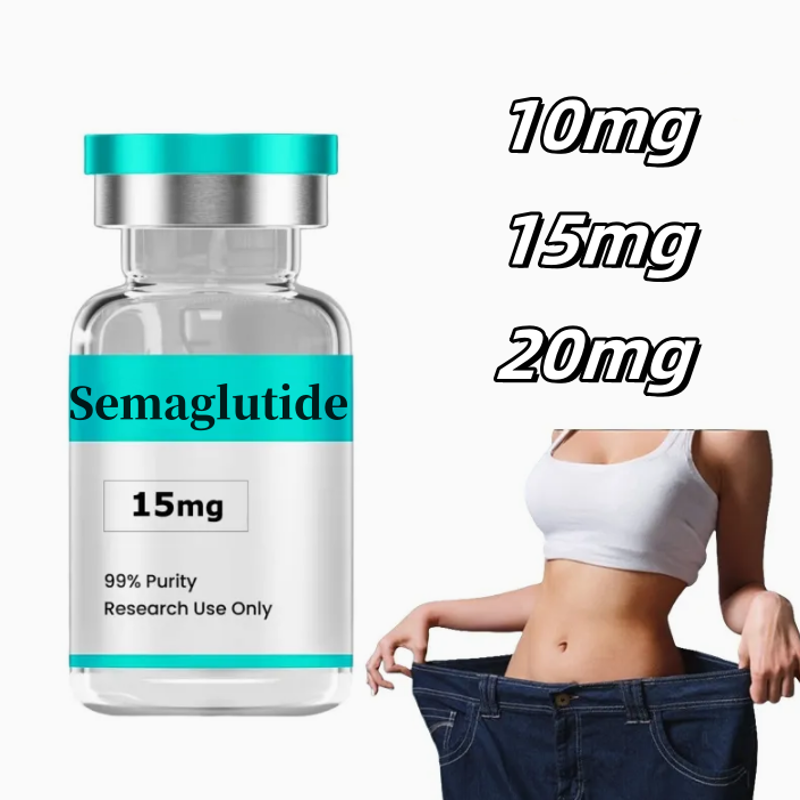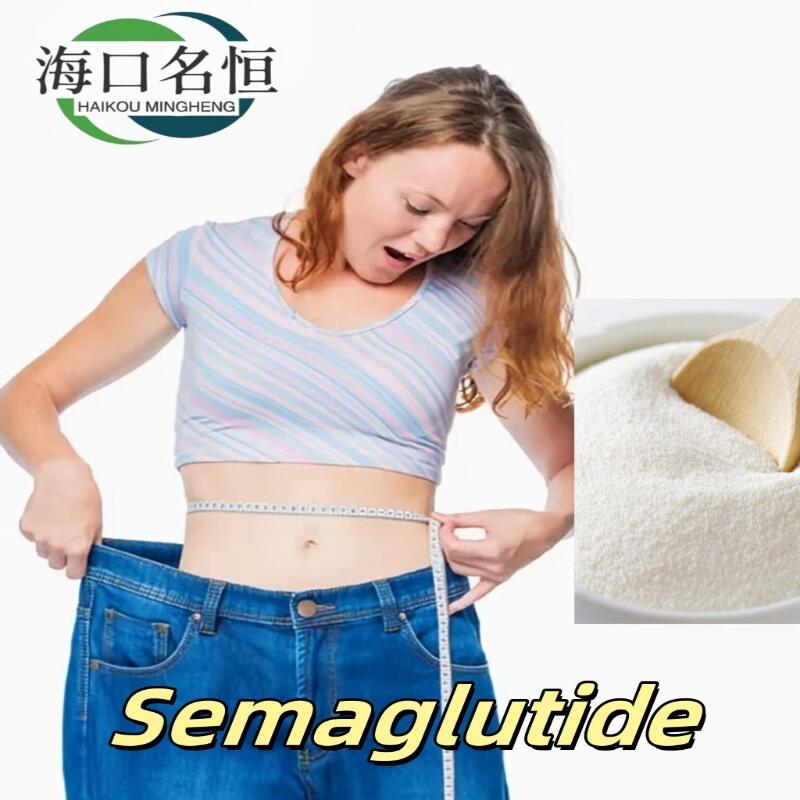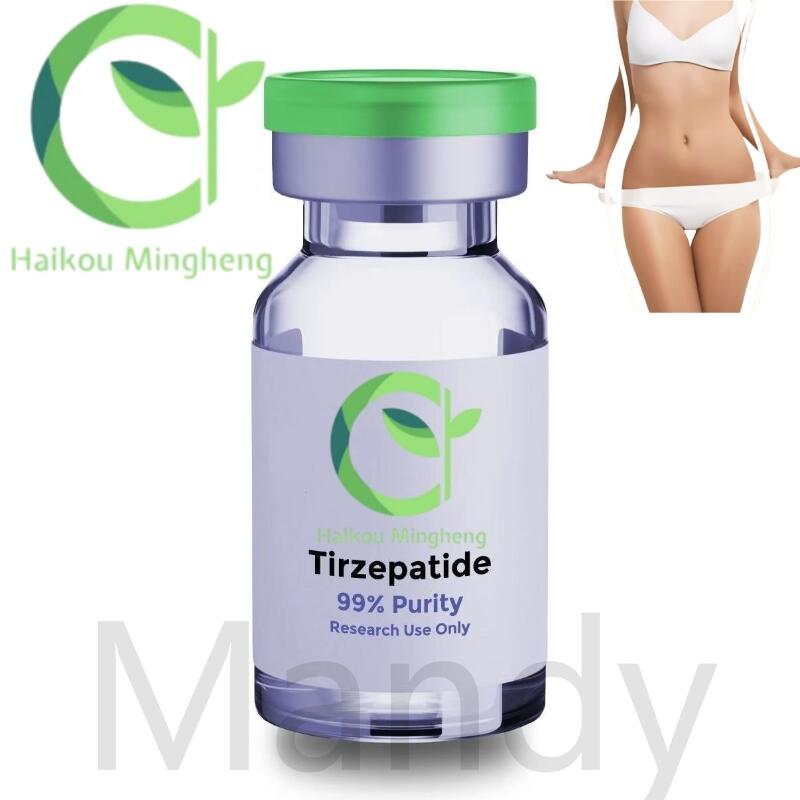A new approach to tumor therapy based on peptide Yap inhibitors
-
Last Update: 2014-02-14
-
Source: Internet
-
Author: User
Search more information of high quality chemicals, good prices and reliable suppliers, visit
www.echemi.com
On February 10, the international top academic journal of oncology, cancercell, published online the collaborative research paper "apeptide mimicking vgll4functionactsasayapantagonist" by Zhou Zhaocai research group, Zhang Lei research group and Ji Hongbin research group of Institute of Biochemistry and cell biology, Shanghai Institute of life sciences, Chinese Academy of Sciences / national Protein Science Center TherapyagainstGastricCancer”。 In this work, the researchers found a natural antagonist protein vgll4 of Yap, and developed a peptide inhibitor for Yap on the basis of protein crystal structure analysis, which provided a new strategy and approach for cancer treatment represented by gastric cancer Gastric cancer is the most common cancer in the world At present, the effective treatment for gastric cancer is very limited in the world In recent years, as an important tumor suppressor pathway, hippo signal pathway has attracted more and more attention in tumor occurrence, development and treatment As the most downstream effector of Hippo pathway, Yap combines with teads to form "heterozygous" transcription factors, thus regulating a series of growth related target genes Many clinical analysis showed that Yap was up-regulated in many kinds of malignant tumors Compared with the upstream regulator of Hippo signaling pathway, Yap targeted inhibitors may be more effective and direct to correct the maladjusted Hippo signaling pathway, so as to achieve the purpose of tumor treatment In this study, Jiao Shi, Wang Huizhen, Shi Zhubing and others found that vgll4 was significantly down regulated in gastric cancer tissue, and negatively correlated with the development and deterioration of tumor Further studies show that vgll4 can inhibit Yap activity by competitive binding of Yap to tead4 via TDU domain at its C-terminal More importantly, the TDU domain of vgll4 can inhibit Yap activity similar to its full length The researchers then analyzed the three-dimensional structure of the complex formed by vgll4 and tead4, and found that vgll4 and Yap have different key binding sites on tead4 On the basis of these findings, the researchers designed and developed a peptide inhibitor for Yap, and then used a variety of technical means and multiple mouse models to confirm that the peptide inhibitor can effectively inhibit the growth of gastric cancer cells and tumors In the course of further pharmacological and toxicological evaluation, the researchers found that the sensitivity of cancer cells to the polypeptide drugs was positively related to the Yap / vgll4 ratio of cancer cells themselves This study not only provides a new choice for the treatment of gastric cancer, but also may provide a new personalized treatment strategy for other malignant tumors with Yap / vgll4 ratio imbalance Relevant research results have been patented This work was greatly assisted by researcher Zhao Yun, researcher Li Lin and researcher Zhou Jinqiu of Institute of Biochemistry and cell, and supported by funds from Chinese Academy of Sciences, Ministry of science and technology, National Natural Science Foundation of China and Shanghai Science and Technology Commission (biochemical and cellular picture shows that the transcription factor Yap in Hippo signaling pathway is in an over activated state in cancer cells (flame indicates that Yap activity is too high to cause uncontrolled growth) The polypeptide Yap inhibitor (green small block represents therapeutic intervention) simulating vgll4 function can suppress Yap induced cancer cell growth The polypeptide Yap inhibitor targets the cancer cells with imbalance Yap / vgll4 ratio and compensates for their Hippo signal transduction (BIOON Com)
This article is an English version of an article which is originally in the Chinese language on echemi.com and is provided for information purposes only.
This website makes no representation or warranty of any kind, either expressed or implied, as to the accuracy, completeness ownership or reliability of
the article or any translations thereof. If you have any concerns or complaints relating to the article, please send an email, providing a detailed
description of the concern or complaint, to
service@echemi.com. A staff member will contact you within 5 working days. Once verified, infringing content
will be removed immediately.







